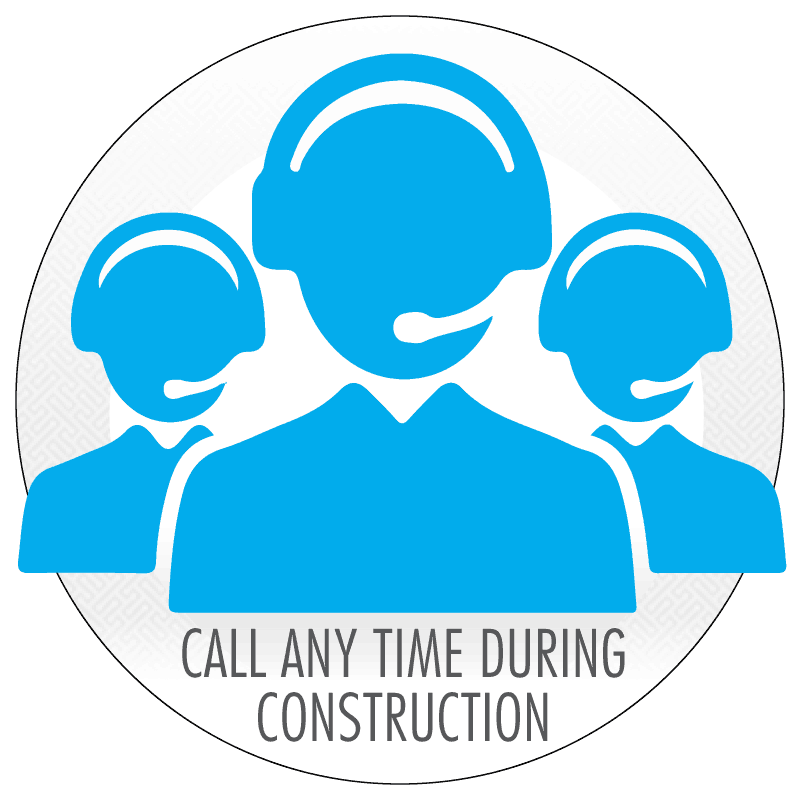In the Studio – Recording Magazine
By Brian Gadson with Robert Ishid
Recording Magazine
Reprinted with Permission
Funny Name, Serious Noise Barrier
When Recording's editor asked me about the new substance called Green Glue, and asked if I could share real life stories of jobs involving sound control, I ran down a list in my mind, from clients with loudly snoring family members to a studio with a neighbor's barking dogs (a job where I did a spectral analysis and devised a system of construction materials that kept the bark's frequency range outside ... ).
The problem area
Shaggy dog stories aside: In general, the most difficult and costly frequencies to address have always been those in the area of 125 Hz and below, which coincidentally happens to be, in our musical world, the power behind most of our music and special effects. Cut off everything below 125 Hz in your mix and see what you have left.
Unfortunately, 125 Hz is where the all-powerful, yet imperfect and archaic STC (sound transmission class) rating stops. How convenient for the manufacturers! Don't get me started on this subject. See www.stcratings.com and for more on STC Information read Understanding STC and STC Ratings
Realistic expectations
When clients call and mention "soundproofing" I quickly suggest we'd better talk in terms of sound control, noise control, or noise abatement-all valid terms that don't come with the baggage of unrealistic expectations that "soundproofing" carries with it. Sure, that word is being used by makers and sellers of many such products, but don't you feel better knowing that we are discussing a goal that is achievable?
Materials old and new
The best ally the studio builder has had for low frequencies of 250 Hz and below, short of inner-wall and massive thick space-consuming construction, has been 5/8" layers of drywall in conjunction with layers of loaded vinyl or lead sheeting products. Loaded vinyl and lead sheeting products are very expensive for the project studio builder on a budget.
Now there is help and hope in the form of a product called Green Glue. Yes, it really is called Green Glue. It comes in caulking tubes for a gun, and in bulk, in 5-gallon buckets if you are a contractor doing some volume work. This viscoelastic material (meaning it doesn't harden or dry out) has some amazing low frequency damping properties, as well as being able to affect the rest of the frequency range. When applied correctly, and let me say that again, correctly, between layers of drywall, it can give you a huge reduction in low frequency transmission. And if you have the budget and can also throw in a layer of loaded vinyl, you are really getting considerable reduction without building three-foot thick walls that would reduce the size of most project studios by twenty percent!
Less pricey, better in some ways
By the time you factor in labor and materials, a wall which consists of two layers of 5/8" drywall with Green Glue in between is no more than half the price of a loaded vinyl wall of the same composition, and better in some parts of the frequency spectrum. It is also much faster, cheaper and easier to install if you are trying to do the work yourself. Green Glue at roughly $15.00/tube, with 2 tubes per 4 x 8 sheet of drywall, works out to be about $0.94/square foot. Loaded vinyl can be $3.00/square foot.
I was introduced to Green Glue by my Drywall Contractor and friend Robert Ishida whose company specializes in sound-reduction product installation in Los Angeles. I always involve Robert in all my studio construction situations where this kind of knowledge and craftsmanship is needed. When I asked Robert to contribute information regarding how Green Glue helped in his field of expertise, this is how he responded.
The main result we get from using Green Glue is the effective damping of low-frequency sounds through the dispersal within mass barriers (i.e., double layers of 5/8 drywall" or 5/8" drywall + Mass Loaded Vinyl). On its own, Green Glue provides a 10 STC lower than double drywall by itself. Mass Loaded Vinyl with Green Glue gives us 26 lower STC. When taking into consideration the cost of Mass Loaded Vinyl or #2 lead sheeting you get a lot of bang for your buck by using Green Glue (maybe I should say "you get a lot LESS bang for your buck").
The cool thing about using the product has been to show the clients its effect as we are installing it. For example, we had a commercial studio in which we were providing sound control to two mixing rooms. I decided to show the effects of Green Glue to our client by using Green Glue in between layers on one wall, and just double layer on another wall. With someone talking on one side of the treated wall a person directly on the other side of the wall had trouble making out the words at about 4' from the wall. The non-treated wall allowed the person to hear up to 11' away. It was a simple test, but needless to say, the client was convinced, making my job a lot smoother and more profitable.
It has become very beneficial to me to buy the 5-gallon buckets of Green Glue and using the custom applicators to save a lot of time, about 40%, and money. The guns are durable and clean-up is easy.
Ultimately the best endorsement I give is that since we started using Green Glue in various applications we have not had to field any complaints or return to studios needing upgrades or modifications. We are achieving the desired result on the first try!
On doing it right–the first time
I can't stress enough the importance of proper procedure when installing any kind of sound reduction system or product. Overlooking one detail can negate everything you are trying to accomplish. So in closing, if you are trying to do this for yourself: Read the darn directions, for once, and use Green Glue! ~
About Brian Gadson:
Brian Gadson (gadson@recordingmag .com) is a studio designer and studio owner, recording musician, engineer, and producer, with a general contractor background, available for consultation on studio design and sound issues.
Brian would like to thank Robert Ishida of Ishida Drywall Corporation for his contribution to this article.
About Robert E. Ishida; C.O.O Ishida Drywall Corp:
Since Ishida Drywall Corp. was founded in 1989 in Los Angeles Ca., soundproofing and acoustical treatments have been a large and exciting focus of our company, from no-expenses spared recording studios for the biggest companies in various industries to residential garage improvements for the aspiring musician. Ishida Drywall has had the privilege of working with numerous and varied people who have allowed us to establish our name as a leader in acoustical treatment applications in Southern California.
As the research and technology in this industry evolves, it is imperative that we, as a company, keep pace with advancements being made weekly. Since we were introduced to the Soundproofing Company over 3 years ago, our ability to keep up with technology and the new methods of efficiency has been made as easy as picking up the phone or sending an email, one example being our incorporation of the use of Green Glue to our treatments and getting the necessary results for our very specific clientele. Soundproofing Company has not only provided us with Green Glue itself, but the instructions and diagrams as well as the technical consulting necessary when we encounter sound isolation issues we haven’t seen before. All we do is send pictures from the jobsite and they design a solution.
Although it can be daunting and expensive when dealing with sound isolation, we try to keep it simple and effective. Since there are many different ways to go about sound isolation issues, including very exotic and very expensive systems, SPC has shown us that these are not the only ways to go. The relationship with SPC has given Ishida Drywall Corp. an important tool in our ability to expand our business and ultimately provide satisfaction to our clients.




